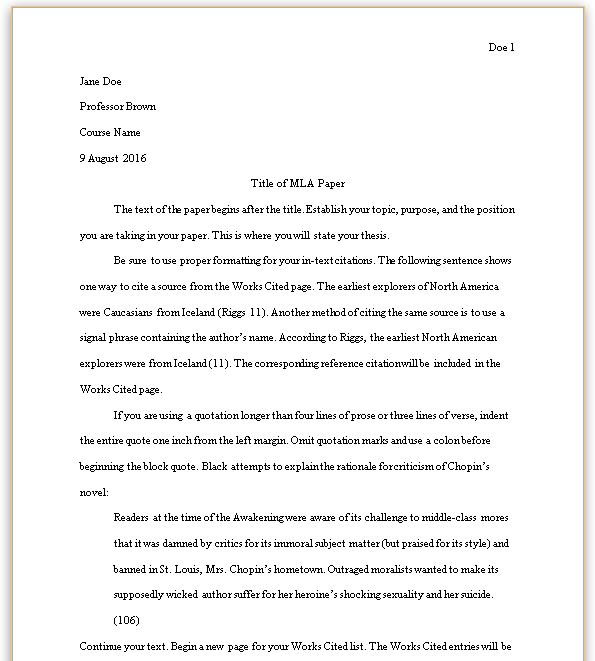When is extinction contraindicated and why? (At least 1 paragraph)
- Provide 2 original examples of extinction. Include the antecedent, the behavior, and the consequence (i.e., the reinforcer that is withdrawn) (At least 2 paragraphs)
- Review Fong et. al. (2019) How would your awareness of cultural humility and diversity impact your ability to implement an extinction procedure (at least 1 paragraph)Hughes Fong, Elizabeth & Ficklin, Seana & Lee, Helen. (2017). Increasing Cultural Understanding and Diversity in Applied Behavior Analysis. Behavior Analysis: Research and Practice. 17.
When is Extinction Contraindicated and Why?
Extinction, which involves the discontinuation of reinforcement for a behavior, is contraindicated in situations where the behavior serves a crucial function for the individual’s well-being or safety. For instance, if a child engages in a behavior to gain attention due to neglect or social isolation, applying extinction by withdrawing attention could worsen the situation by increasing the child’s distress and exacerbate their feelings of neglect. In cases where a behavior is a survival mechanism or involves self-injury, applying extinction might cause harm by increasing the frequency of dangerous behaviors (known as an extinction burst) before any improvement is seen. Additionally, extinction should be avoided if there is insufficient understanding of the function of the behavior, as withdrawing reinforcement without a clear understanding may result in negative side effects, such as increased frustration or emotional distress, without addressing the root cause of the behavior.
Two Original Examples of Extinction
- Example 1: A child regularly throws tantrums to gain access to a toy.
- Antecedent: The child sees a toy they want to play with.
- Behavior: The child engages in a tantrum, which includes crying and yelling.
- Consequence: Previously, the tantrums resulted in the child receiving the toy as reinforcement. In this case, extinction involves withdrawing the toy when the child engages in the tantrum, thus no longer reinforcing the behavior by giving the toy. Over time, as the behavior is not reinforced, the tantrum is expected to decrease in frequency.
- Example 2: A student repeatedly calls out in class without raising their hand to gain attention from the teacher.
- Antecedent: The student is in a classroom setting where the teacher is giving a lesson.
- Behavior: The student calls out to interrupt the teacher and gain attention.
- Consequence: The teacher initially responds to the outbursts by acknowledging the student’s comments. To implement extinction, the teacher would ignore the calls for attention and not respond when the student interrupts. Over time, because the behavior of calling out no longer results in the teacher’s attention, it will decrease.
Awareness of Cultural Humility and Diversity in Extinction Procedures
Cultural humility and an understanding of diversity are critical when implementing an extinction procedure, as different cultures have varying norms regarding behavior and reinforcement. For example, what is considered acceptable or unacceptable behavior in one culture may not be viewed the same way in another, and this can affect how a behavior is interpreted and addressed. Cultural humility involves recognizing and respecting cultural differences, acknowledging that one’s cultural perspective is not the only valid perspective. This awareness would guide me in carefully considering how an individual’s behavior may be shaped by cultural values before implementing extinction. For instance, in some cultures, public displays of emotion might be more socially acceptable, and ignoring a tantrum in those contexts might cause harm or alienate the individual. Additionally, the method of applying extinction would need to account for whether the individual has cultural beliefs about the types of attention or reinforcement that are appropriate. Understanding these nuances ensures that the procedure is respectful, effective, and does not unintentionally reinforce negative outcomes like social exclusion or emotional distress.


